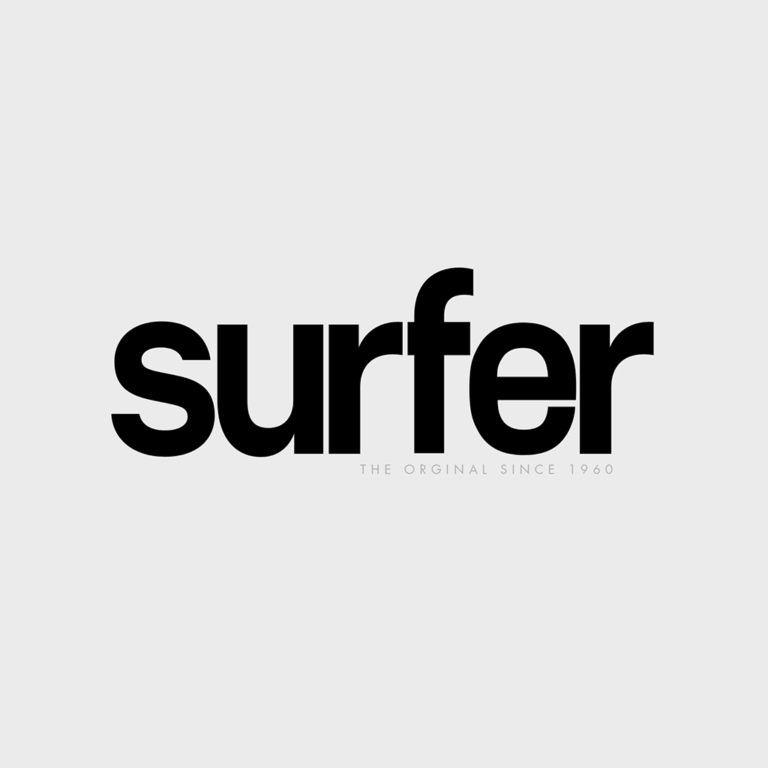Spot Check: The Key to Better Sessions
If you’re just rocking up to the beach, paddling out, and hoping for the best—you’re doing it wrong. A solid spot check can be the difference between scoring the best waves of your life or spending an hour in the wrong place, frustrated, getting worked.
A proper spot check isn’t just about seeing if the waves look good. It’s about understanding how the break works, how conditions are influencing it, and what dangers to watch out for.
Here’s how to dial in your spot-checking game and make better decisions every time you paddle out.
1. The Spot: Know What You’re Surfing
Not all waves are created equal. Before even looking at the forecast, you need to know what kind of break you’re dealing with.
- Type of Wave: Beach break? Reef? Point? Slab? Each has different dynamics and challenges.
- Bottom Type: Sand, reef, rocks? This affects how the wave breaks, where channels form, and what to avoid.
- Identifying Peaks: Where are the best take-off spots? Is there a defined peak or multiple shifting peaks?
- Channels: Where’s the easiest way to paddle out without getting smashed?
- Currents: Where is the water moving? Rip currents can be your worst enemy or your best friend for getting back out.
- Entry & Exit Zones: How are you getting in and out? No one wants to deal with dry reef or a nasty shorebreak wipeout.
Pro Tip: Watch the lineup for at least 10 minutes before paddling out. See where people are sitting, where waves are breaking, and how sets move through the lineup.
2. The Conditions: More Than Just Wave Size
The conditions can turn a perfect setup into a nightmare (or the opposite, if you know what to look for). Here’s what to check:
- Wave Size: How big are the waves breaking? Is it consistent or do set waves have way more size?
- Swell Direction: Is the swell hitting the break properly, or is it missing the spot?
- Wave Frequency: Are waves coming in consistently or are there long lulls?
- Set Intervals: Are bigger sets coming in every 5 minutes or every 20?
- Wind Direction & Strength: Offshore? Cross-shore? Onshore chop ruining everything?
- Tide & Tidal Changes: Some spots only work at high tide, others turn on at low. Know what works for this break.
- Potential for Good Waves: Is it actually going to get better, or are you waiting for something that isn’t coming?
- Forecast: What’s changing? Is the swell building, dropping, or staying steady?
Pro Tip: Don’t just look at current conditions—think ahead. What’s the tide doing? Is the wind shifting? The best surfers anticipate changes and adjust.
3. Safety: Identify Risks Before They Identify You
The ocean doesn’t care if you’re paying attention. Knowing the dangers before you paddle out can save you from broken boards, injuries, or worse.
- Rip Currents: Where are they, and how strong are they?
- Rocks & Reef: Are there exposed rocks? Shallow reef? Know where they are before wiping out.
- Impact Zones: Where is the most powerful part of the wave breaking?
- How to Avoid Hazards: Are there safer entry/exit zones? Can you use the channel instead of paddling straight through waves?
- How to Get Out of Trouble: If you wipe out, get stuck in a rip, or lose your board—what’s your escape plan?
Pro Tip: If you’re surfing a new spot, watch a few people go first. See how they handle the paddle-out, takeoffs, and wipeouts.
4. The Crowd: Choosing Your Battles
A spot can have perfect waves, but if the crowd doesn’t match the wave count, you’re in for a frustrating time.
- Crowd vs. Waves: Are there enough waves for everyone, or is it a battle?
- Skill Level of the Crowd: Are you surrounded by rippers who dominate the peak, or is it a mix of levels?
- Surf Schools & Beginners: Is the inside full of learners, making it chaotic and dangerous?
Pro Tip: If the crowd is too heavy, consider adjusting where you sit—or just hit another spot. The best wave is the one you actually get to surf.
5. Equipment: The Right Board for the Conditions
Your board can make or break your session. Choosing the right equipment is key.
- Match Your Board to the Conditions: Big, powerful surf? Maybe time for more length and volume. Small, weak waves? A groveler or funboard will make life easier.
- Check Your Equipment: Leash, fins, wax—small details matter when the waves get serious.
Pro Tip: Bring options if you’re unsure. A backup board can save a session if the conditions change.
Read the Spot, Score Better Waves
A good spot check is like reading a map before going on a trip. It helps you avoid bad decisions, stay safe, and maximize your session.
Next time you pull up to a spot, take the extra time to read the conditions, assess the risks, and pick the best strategy. More often than not, it’ll mean better waves, better positioning, and a way better surf.
The ocean rewards those who pay attention. Be that surfer.
Now go check your spot properly and get some waves.




